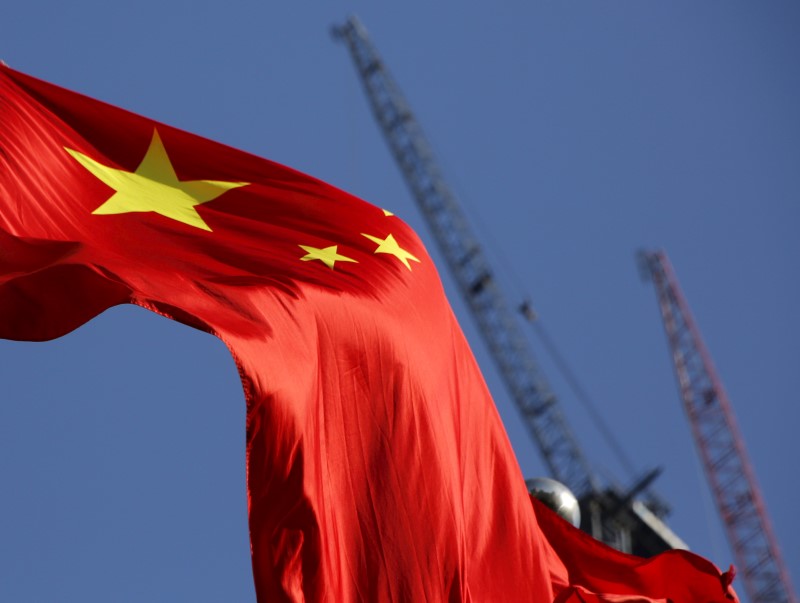By Gina Lee
Investing.com –China’s factory activities growth slowed in May as Chinese firms struggled with higher raw material costs.
Data released earlier in the day said the Manufacturing Purchasing Managers' Index (PMI) in May was 51.0, below the 51.1 reading in both forecasts prepared by Investing.com and April’s reading. The non-manufacturing PMI was 55.2, above the previous month’s 54.9 reading. Both indexes remained above the 50-mark indicating expansion.
Although China continues its economic recovery from COVID-19, officials warn that the foundations of the recovery are not secure due to higher raw material prices and the outbreak of COVID-19 in parts of the world.
"External demand will likely remain flat" as economic recoveries in the U.S. and parts of Europe will possibly be "offset by increasing COVID-19 cases in ASEAN, which is the biggest trade partner of China," Iris Pang, chief economist for Greater China at ING, said in a note.
Meanwhile, China’s Guangdong province is facing a resurgence of COVID-19 cases, with producers in the city facing challenges including continued semiconductor chip shortages and high commodity prices.
Prices for commodities such as coal, steel, iron ore and copper have soared this year due to demand growth in post-lockdown cities.
The rising commodity prices have reportedly caused concerns among China’s policymakers who have called for tightened scrutiny of supply and demand and to crack down on "malicious speculation."
"We expect commodity prices to stabilize in the coming months," Louis Kuijs, head of Asia economics at Oxford Economics, told Reuters. He added China’s firms will get released following the stricter scrutiny on spot and futures markets, as well as increased global commodity supply in the second half of 2021.
Meanwhile, the appreciation of Chinese currency and high shipping costs also added pressure on Chinese factories.
